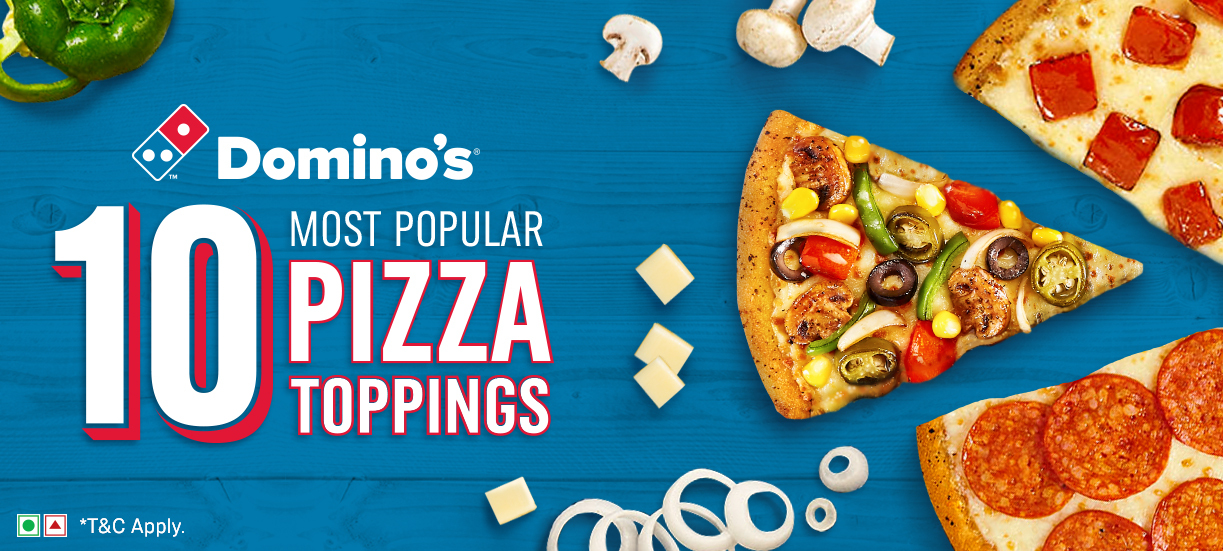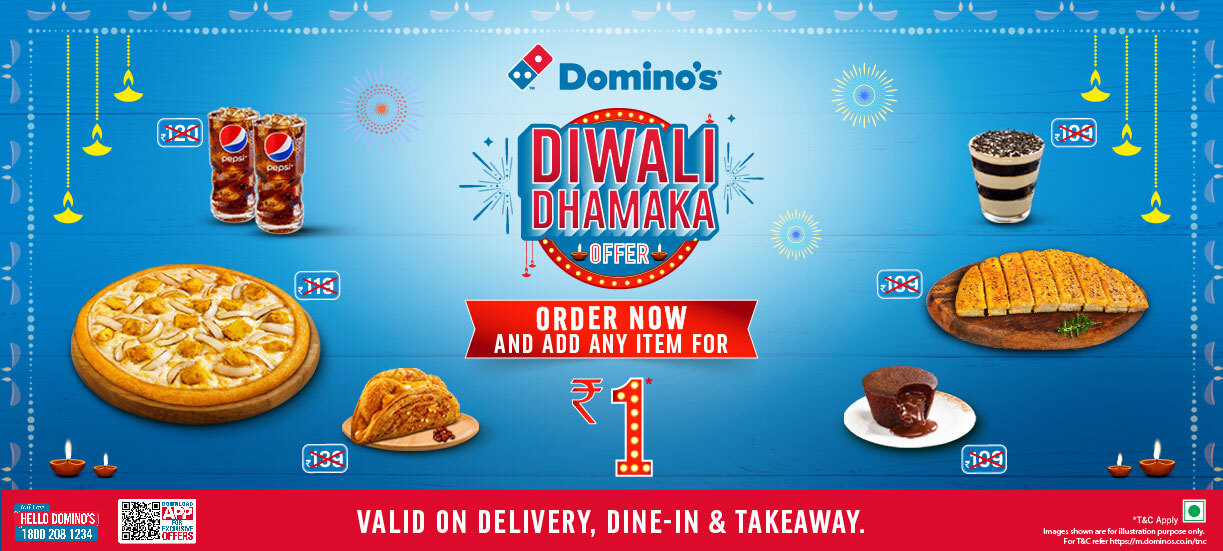

Phone number
1800 208 1234
Cuisines
Pizza, Fast Food
Average Cost
₹400 for two people (approx.)
Exclusive of applicable taxes and charges, if any
Cards and Meal Coupons accepted
Opening hours
to
Address
Ground floor Kannamangala Complex Ground Floor Survey No 206 V P Khatha No 918 206 E PID No 150200401700122455 Kannamangala Village Bidarahalli Hobli Bangalore Karnataka 560067
More info
delivery-n-takeaway
September 8th, 2025
On a rainy evening in a bustling city, a group of college students hud...
On a rainy evening in a bustling city, a group of college students huddle around a table, their laughter echoing as a steaming box of Domino’s pizza lands in the center. The lid opens, releasing the irresistible aroma of melting cheese and spicy toppings. Phones are pulled out for photos, slices are lifted for the perfect cheese-pull, and within minutes, the box is empty. For them, this isn’t just food—it’s celebration, comfort, and convenience rolled into one.
Scenes like this play out every day, in every corner of the world. Domino’s has cleverly transformed itself from a mere fast-food chain into a cultural icon. Its advertisements promise happiness in a box, a quick escape from stress, and a taste of global lifestyle. To many, ordering pizza has become a default choice—whether for birthdays, late-night study sessions, or casual get-togethers.
But behind the joy and glossy marketing lies a story less frequently told. That single slice, so tempting under the glow of neon advertisements, often contains more calories, sodium, and saturated fat than our bodies require in an entire meal. Multiply that by a few slices, add garlic bread dripping with butter, a fizzy cola loaded with sugar, and perhaps a chocolate lava cake for dessert—and you have a meal that silently chips away at health.
What makes this more concerning is how effectively the brand targets the young. Children, teenagers, and young adults—often glued to screens and leading sedentary lives—become the perfect customers. The addictive trio of sugar, salt, and fat works like a charm, creating cravings that are hard to resist. Before long, what begins as an occasional treat becomes a habit. Waistlines expand, energy dips, and lifestyle diseases creep in quietly—obesity, high blood pressure, diabetes, fatty liver, even early signs of heart disease.
Our traditional meals—once filled with fresh vegetables, whole grains, pulses, and balanced nutrition—are slowly being replaced by boxes of processed flour, artificial flavorings, and excessive cheese. The culture of “fast and convenient” has overshadowed the wisdom of home-cooked food. And while Domino’s continues to serve joy on the surface, it is also, in many ways, serving health risks in disguise.
This is not to say one must never enjoy a slice of pizza again. Life is about balance, and occasional indulgence is not the enemy. The danger lies in blind consumption, in the unawareness of what we are trading away for that fleeting moment of pleasure. Moderation, awareness, and a return to mindful eating are the real solutions.
So the next time you see a Domino’s ad with sizzling cheese and happy faces, pause for a moment. Behind the picture-perfect slice lies a truth that glossy marketing will never tell you: convenience may fill your stomach today, but only conscious choices will safeguard your health tomorrow.
August 1st, 2025
(Translated by Google) Just eight service
(Original)
Just osam servic...
(Translated by Google) Just eight service
(Original)
Just osam service
August 1st, 2025
"Delicious pizzas with perfect crust and generous toppings! Loved the...
"Delicious pizzas with perfect crust and generous toppings! Loved the variety – especially the cheesy corn and paneer options. The place was clean, and the sunlight through the window made for a cozy dining vibe. Prompt service and neatly packed boxes. A great spot to hang out with friends and enjoy a tasty treat. Definitely coming back for more!"
July 10th, 2025
All time favorites
All time favorites
More Reviews









